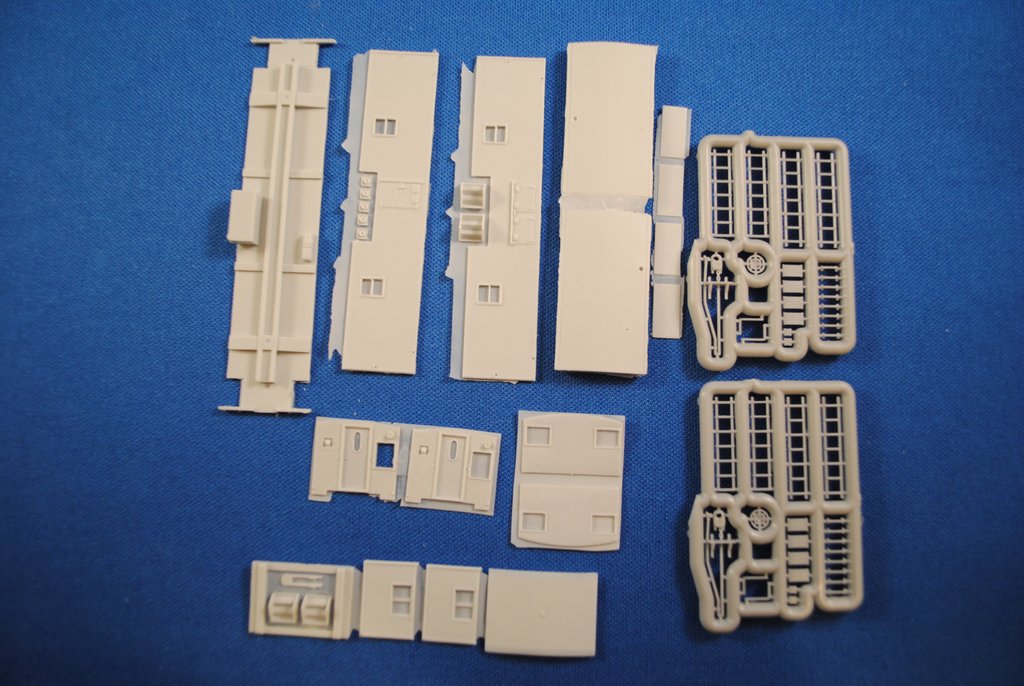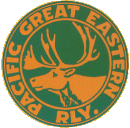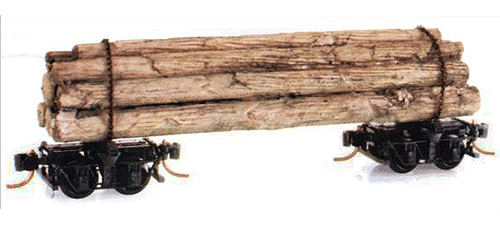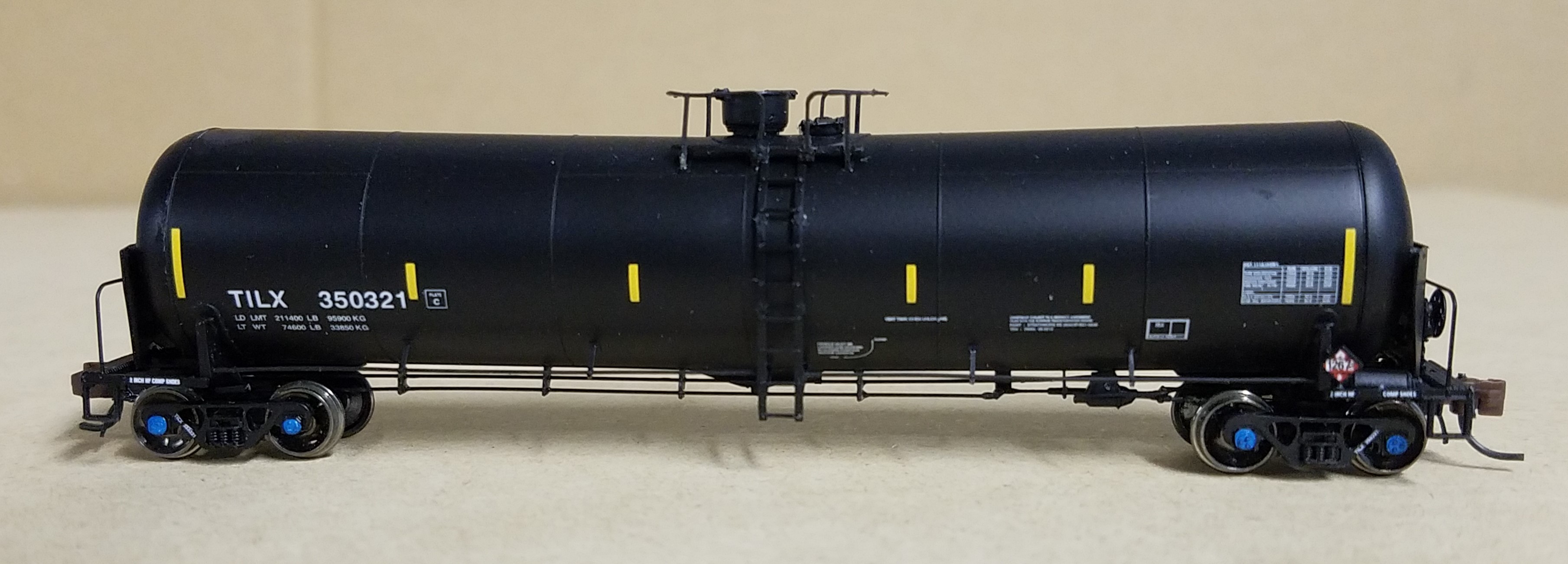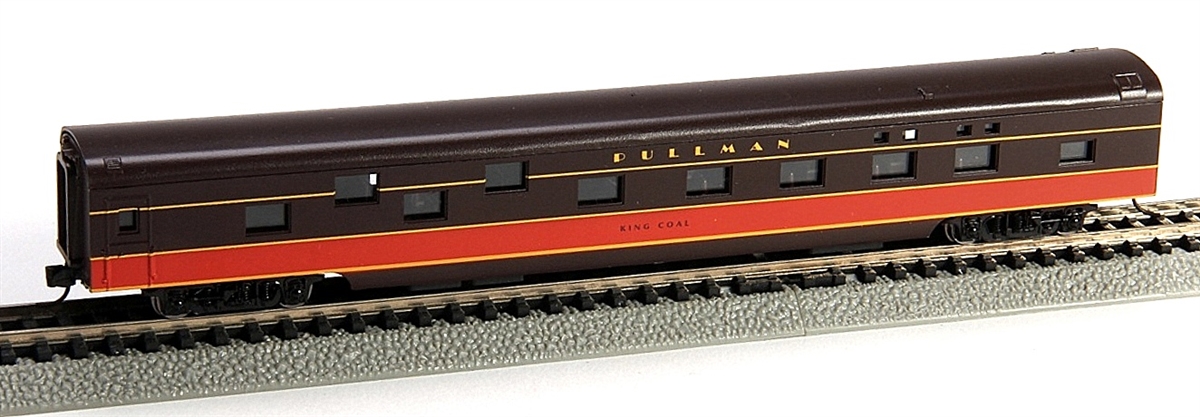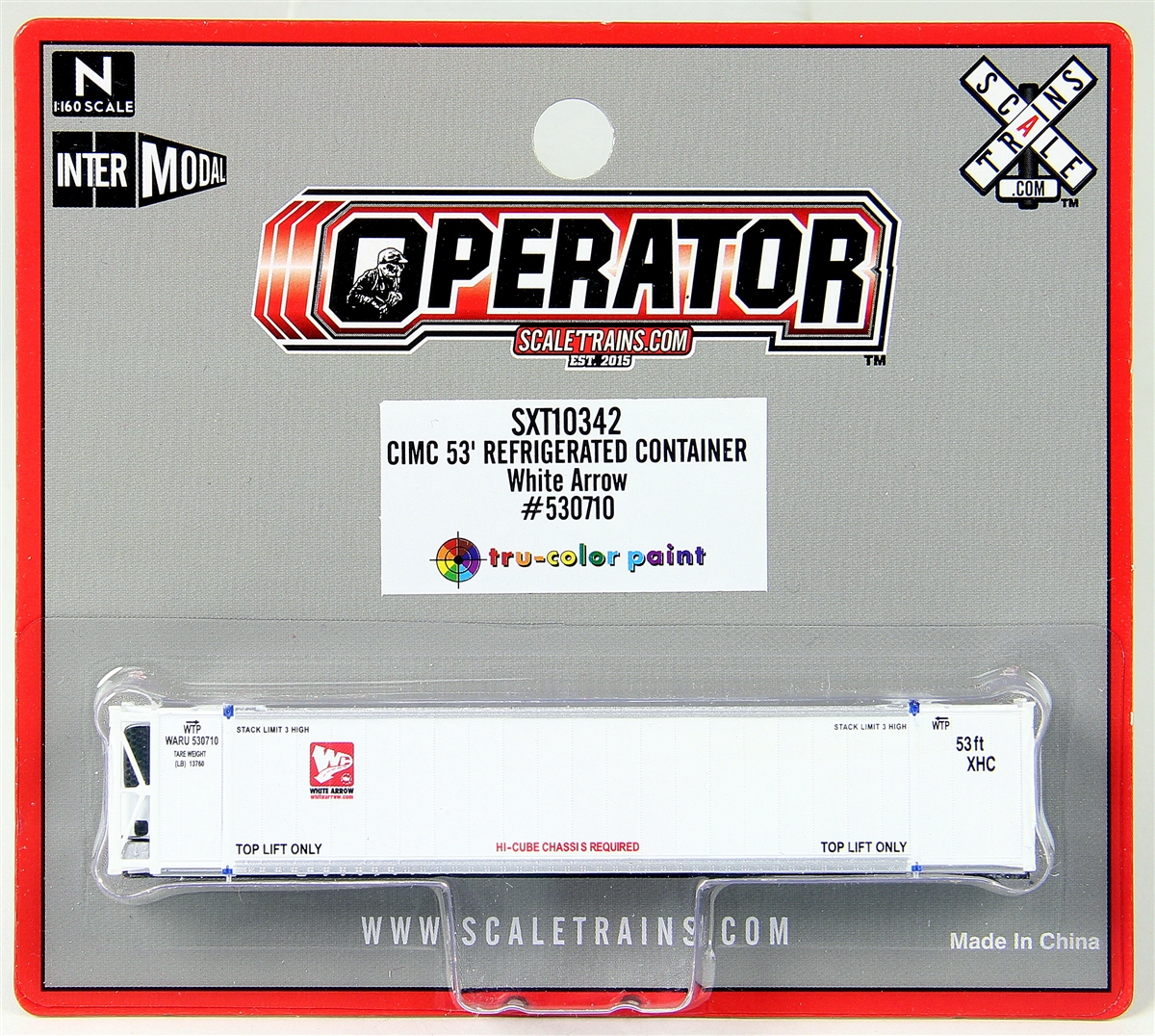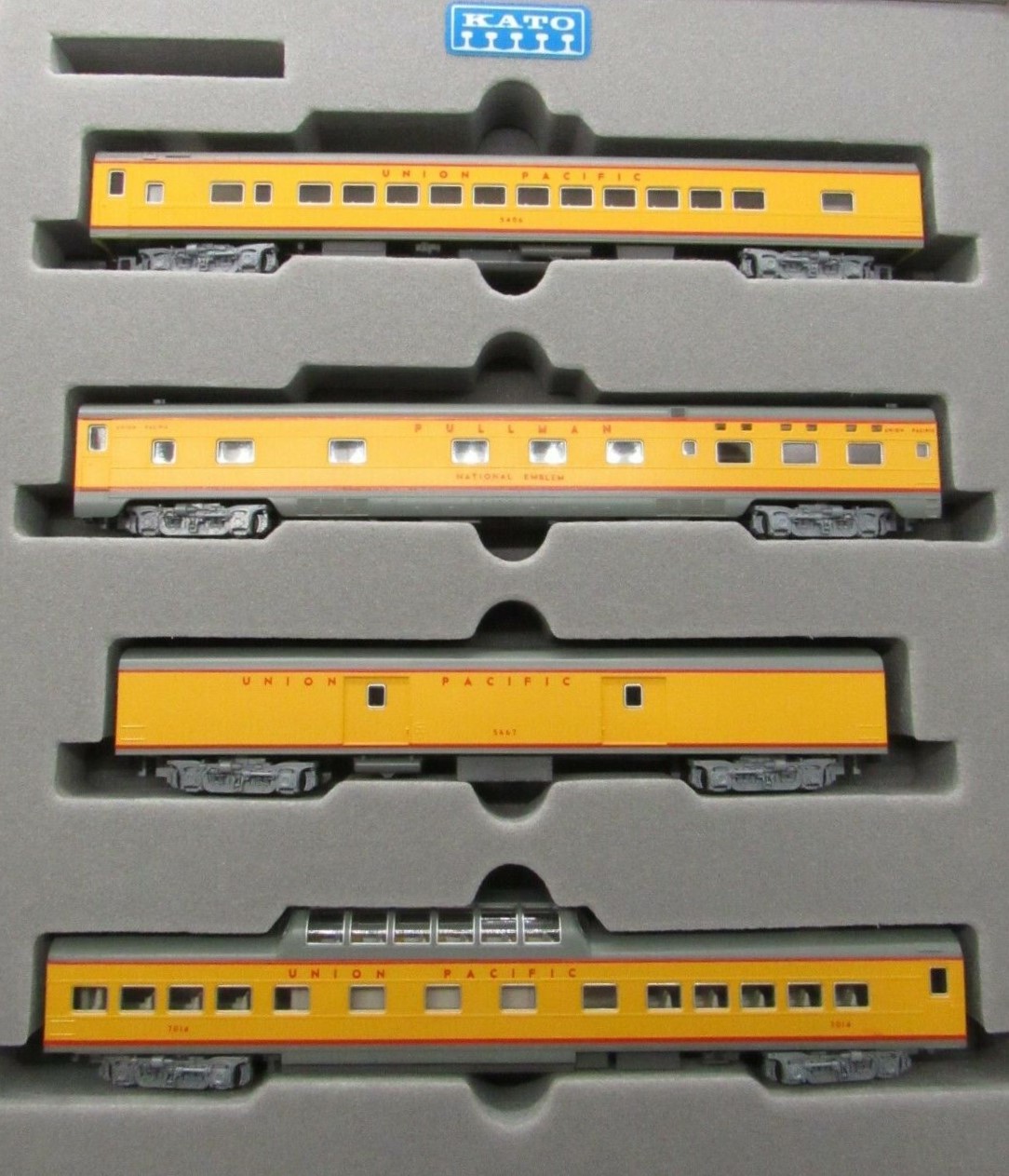Specific Item Information: PGE Wide Vision Caboose-Square Window
PGE built the first steel caboose in their own Squamish shops in 1968. It proved a successful design, so the railway built 14 more between 1969 and 1971. PGE caboose numbers are from 1851 to 1864. In 1973 British Columbia Railway built 10 more. Until 1975 10 more were built at the Squamish shops.
Cabooses were used for the conductor and crew on the tail end of every freight train until May 1993. After May 1993 BC Rail used train end devices on their through freight trains south of Prince George. Cabooses were still used north of P.G. until the end. Last caboose trains were the Takla Loggers and the Fort St. John to Fort Nelson turn. Some Cabooses did not survive, being scrapped after accidents or sold to private individuals, however some are still in service today, CN uses one as a crew transporter.
Model Information: Freight Car body kits
Road Name History: PGE launched in 1912 with a 12 mile line from North Vancouver, British Columbia to Horseshoe Bay where they picked up another 30 mile line reaching a point just north of Squamish. Six years later, the Province of British Columbia bought the railroad. By 1921, they had built north as far as Quesnel but that was it for the next 31 years. The south end of the line was abandoned in 1928.
In 1951, the Province pushed construction of the PGE north to Prince George in central B.C. and a connection with a Canadian National transcon line. This was the first physical connection with the North American rail network. Prior to that, interchange required car barges. In 1956, a rail link was finally completed to CN and CP in North Vancouver, finally closing the loop. In 1958, lines were built north from Prince George to Dawson Creek (and another CN connection.) In 1971, northward construction resumed to Fort St. John and finally Fort Nelson. This brought the mileage to 1,372 (putting it between Lehigh Valley and Iowa Chicago & Eastern in relative size.) The following year, 1972, the Pacific Great Eastern became the British Columbia Railway.
In 1951, the Province pushed construction of the PGE north to Prince George in central B.C. and a connection with a Canadian National transcon line. This was the first physical connection with the North American rail network. Prior to that, interchange required car barges. In 1956, a rail link was finally completed to CN and CP in North Vancouver, finally closing the loop. In 1958, lines were built north from Prince George to Dawson Creek (and another CN connection.) In 1971, northward construction resumed to Fort St. John and finally Fort Nelson. This brought the mileage to 1,372 (putting it between Lehigh Valley and Iowa Chicago & Eastern in relative size.) The following year, 1972, the Pacific Great Eastern became the British Columbia Railway.
Brand/Importer Information: Kaslo Shops Distributing was formed in 1998 in an effort to supply the modelling community with top quality parts and kits.
We specialize in:
- Detail Parts
- Locomotive Resin Kits
- Cab Kits
We are always looking for new ideas and new projects - please contact us with any suggestions or requested kits!
We specialize in:
- Detail Parts
- Locomotive Resin Kits
- Cab Kits
We are always looking for new ideas and new projects - please contact us with any suggestions or requested kits!
Item created by: Powderman on 2017-12-26 18:18:44. Last edited by CNW400 on 2020-06-10 12:33:56
If you see errors or missing data in this entry, please feel free to log in and edit it. Anyone with a Gmail account can log in instantly.
If you see errors or missing data in this entry, please feel free to log in and edit it. Anyone with a Gmail account can log in instantly.


